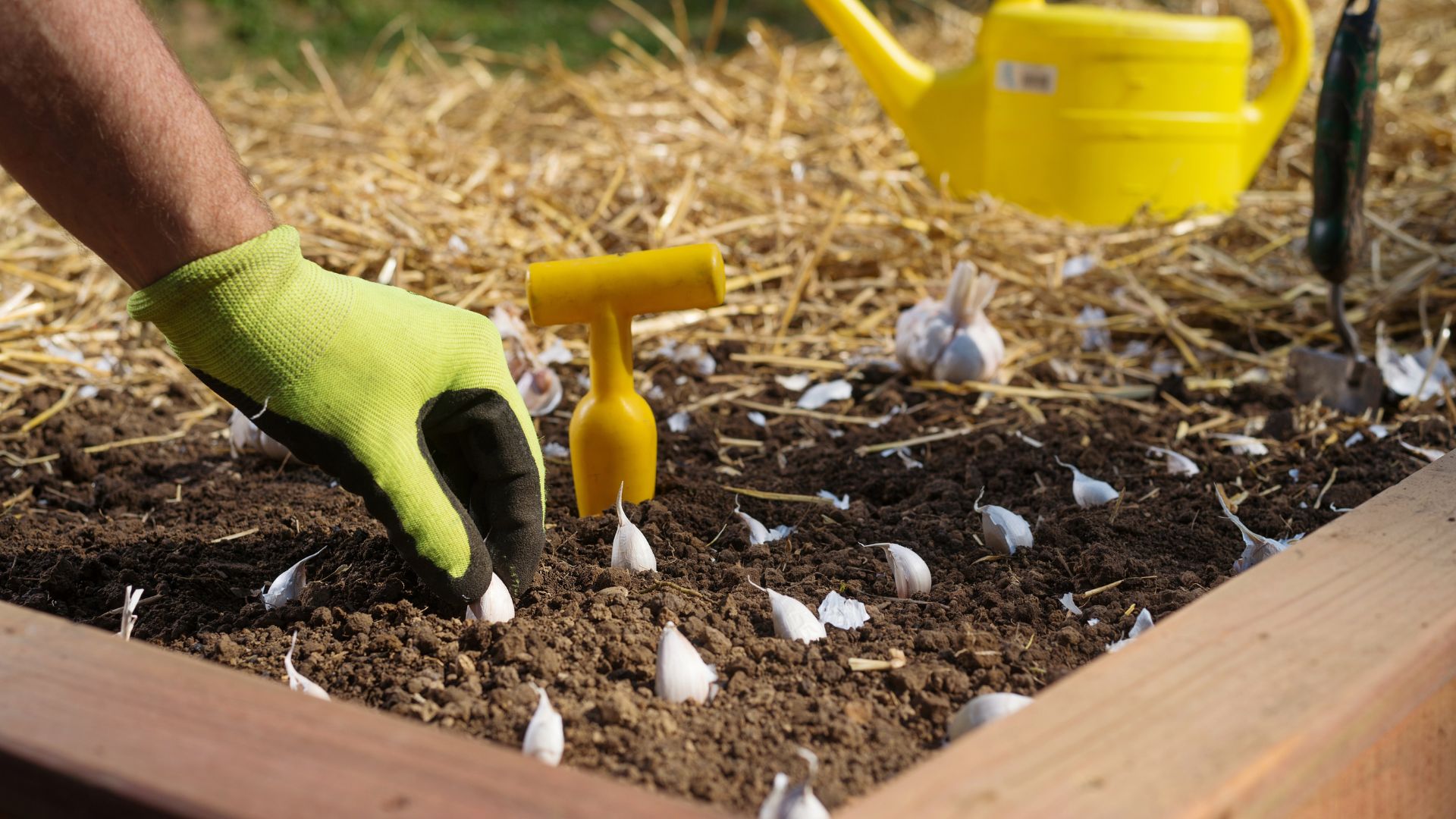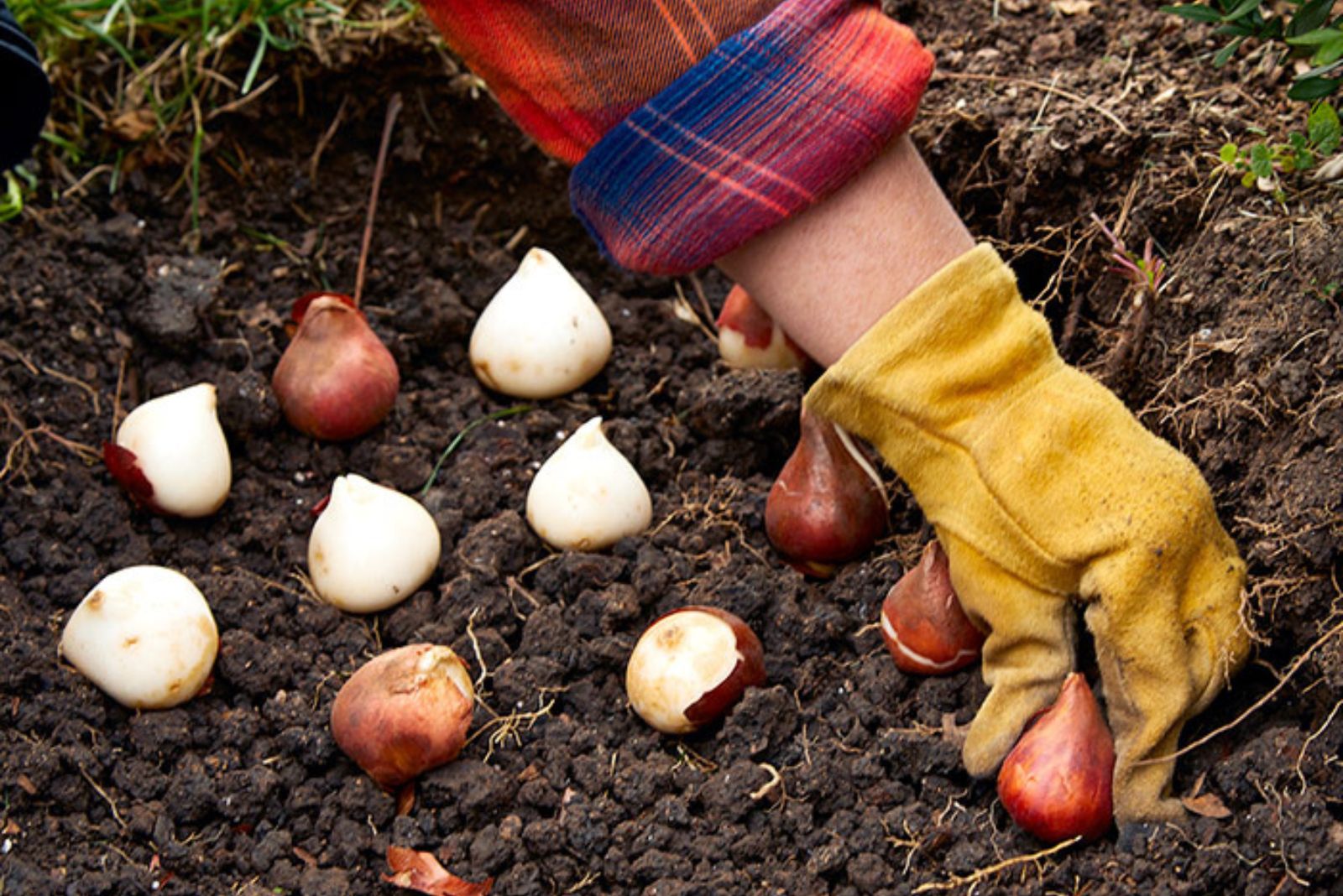Ready to plant some tiny bulbs and watch your garden come alive with color?
By planting masses of minor bulbs in your garden, you can have a wonderful flower display as soon as the temperatures get warmer. There are plenty of options to choose from, and I’m sure you’ll find the ones that suit your style.
Don’t worry, these small wonders are quite easy to take care of. And you won’t have any trouble planting them.
So, let’s learn how to plant minor bulbs and create a garden full of early spring beauty!
1. Mass Plant Them
If you want to create a dense, vibrant carpet of flowers, it’s best to start with planting numerous minor bulbs. Soon, they will produce seeds and lead to even more flowers!
You can opt for only one type of bulb, or you can mix different varieties to create a colorful flower display.
The most common bulbs include:
• Late tulip (hardiness zones 3 through 8)
• Snow crocus (hardiness zones 3 through 8)
• Checkered lily (hardiness zones 3 through 8)
• Grape hyacinth (hardiness zones 4 through 8)
• Alpine squill (hardiness zones 3 through 8)
• Golden garlic (hardiness zones 3 through 9)
Related: 10 Best Spring Bulbs To Plant In Fall
2. Find The Perfect Location
Although most minor bulbs are hardy plants that can thrive in different locations, it’s still beneficial to find one that suits their needs. For instance, a great place would be under the canopy of large trees because the bulbs would be protected from direct sunlight.
You can plant them in your lawn as well, just remember that you shouldn’t mow until the bulb leaves have developed. If you must mow your lawn, set the mower’s height to at least 4 inches. This way, you will get a freshly cut lawn without chopping off the bulbs’ foliage.
In mixed border plantings, minor bulbs perform just as well because the falling leaves of the bulbs will be partially hidden by other perennials that emerge and bloom later.
Also read: When To Plant Tulip Bulbs For Amazing Spring Blossoms
3. Create Shallow Holes
Since we are talking about minor bulbs, there’s really no need to dig deep and wide holes. These bulbs can grow comfortably in small, shallow holes.
The general rule states that the distance between the top of the bulb and the surface of the soil is about double the height of the bulb.
To be more precise, here’s an example: a one inch tall bulb should be planted three inches deep.
However, you don’t have to worry about spacing them – you can simply scatter them across the planting area. Tuck them into the soil where they naturally fall. The more, the better!
If you want to have a monochromatic flower display, then you should only get one type of bulb. Most gardeners get creative and combine different bulbs to create a dramatic effect.
Pro tip: Order them in summer and prepare to plant your bulbs in the fall.
You might also find useful: 6 Steps For Planting A Bulb Lawn



